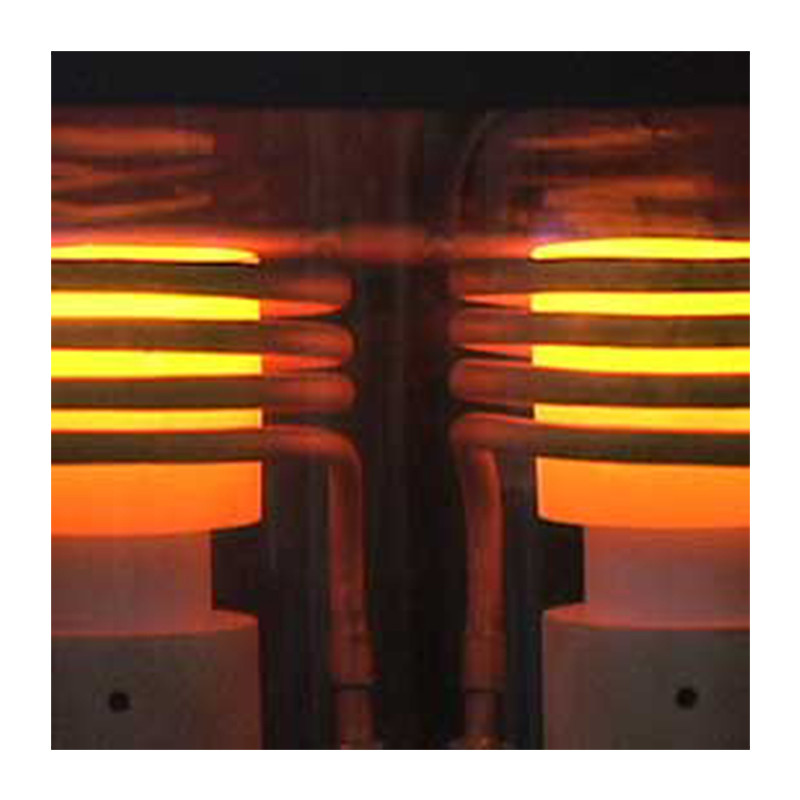

Debes estar logueado
Category


Las fotos son solo para fines informativos. Ver especificaciones de producto
please use latin characters
Brazing in a controlled vacuum or in an inert protective atmosphere can significantly improve overall part quality and eliminate costly part cleaning procedures.
Flame heating in a normal oxygen atmosphere can cause oxidation, scaling and carbon buildup on the parts. To clean the parts, applications of joint weakening flux or expensive acid cleaning baths are often required.
The nature of the parts and brazing material dictates whether an inert gas such as argon or a true atmospheric vacuum should be used. Atmospheric brazing is often used with nickel, titanium, superalloys, stainless steel and refractories.
A protective atmosphere heating system with an induction heating RF power supply is ideal for atmospheric brazing. Batch vacuum furnaces can also be used, but they have significant limitations because of their large size, poor efficiency and lack of quality control.
Typical RF power supplies for atmospheric brazing range from 1 to 20kW, depending on the parts and application requirements.
¿Estás interesado en este producto? ¿Necesita información adicional o precios individuales?
Usted debe estar conectado
Brazing in a controlled vacuum or in an inert protective atmosphere can significantly improve overall part quality and eliminate costly part cleaning procedures.
Flame heating in a normal oxygen atmosphere can cause oxidation, scaling and carbon buildup on the parts. To clean the parts, applications of joint weakening flux or expensive acid cleaning baths are often required.
The nature of the parts and brazing material dictates whether an inert gas such as argon or a true atmospheric vacuum should be used. Atmospheric brazing is often used with nickel, titanium, superalloys, stainless steel and refractories.
A protective atmosphere heating system with an induction heating RF power supply is ideal for atmospheric brazing. Batch vacuum furnaces can also be used, but they have significant limitations because of their large size, poor efficiency and lack of quality control.
Typical RF power supplies for atmospheric brazing range from 1 to 20kW, depending on the parts and application requirements.
Su agradecimiento a la reseña no pudo ser enviado
Reportar comentario
Reporte enviado
Su reporte no pudo ser enviado
Escriba su propia reseña
Reseña enviada
Su reseña no pudo ser enviada
